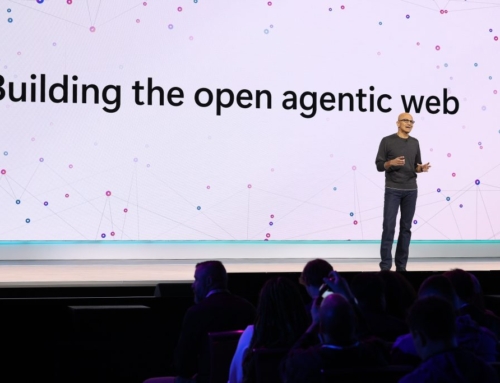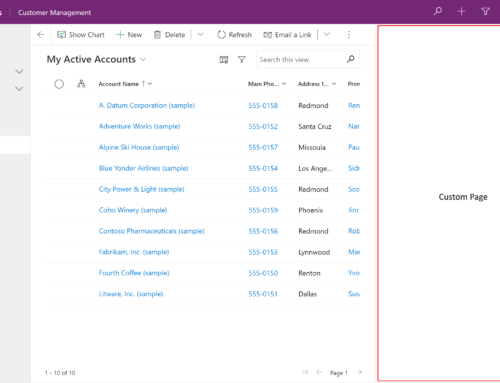This article is meant to disseminate some industry knowledge on software development to the rising numbers of Low-Code Power Platform Makers also known as Citizen Developers. Everyone is welcome and we work very hard to ensure that all skill levels are able to optimize their business processes with the Power Platform. This post will help to level the playing field a bit with some general industry knowledge, so here goes:
1. Git vs GitHub: what’s the difference?
Git is a version control process that is typically used in software development. Similar to PowerShell, it is a command-line language. The process enables collaboration by generating a clone of a cloud repository to a local machine. That local repository would then check out a snapshot of the solution for you to make copies. This separation of versions creates a more stable environment to make changes. GitHub is the graphical interface that makes the console more user-friendly. It’s the largest platform and arguably the most well-known, but it is certainly not the only one!
2. Encapsulation: how to write efficient code
Encapsulation is about chunking the logic into easier computations for the server to run. Think of it as the parenthesis in a math equation. It is easier to compute (1+9) + (2+8) + (3+7) + (4+6) +(5 + 5) than it is to compute 1+2+3+4+5+5+6+7+8+9 even though it is the same digits that we are summing. The same is true when we apply larger functions for business logic! When possible, try to encapsulate commonly used functions.
3. XrmToolBox: sometimes a screwdriver is all you need
XrmToolbox is a fantastic application where other pro-developers provide solutions that Microsoft may have left gapped for the time being. There are many many ETL tools available. One of our favorites is SQL 4 CDS. This tool within the application allows you to query Dataverse using SQL. It will also provide you with the fetch XML query for Power Automate based on your SQL query. FetchXMLBuilder is another tool within the XRM toolbox that also provides the fetch XML query based on your input. We also thoroughly enjoy the toolbox for our documentation and providing the UML design for Dataverse solutions.
4. Canceling large instances of flows
Have you ever run a flow that is running way too many instances at once and that was not at all what you intended to do? Yeah, me too! In the event this happens to your co-worker, or even yourself, the best practice is to export the flow, delete the flow running all the instances, and re-import the flow. Deleting the flow will stop running instances. There is a message when you delete the flow that indicates the workflows won’t be cancelled but we confirmed with Microsoft in March 2023 that is not the case. All instances were canceled as soon as the flow was deleted.
5. Power Apps and Power Automate Forums
If you found us, you’ve likely encountered the forums already. The Power Platform community is thriving and thrilled to have you join us on our journey! There are many resources available for and from the community.
If you are new to the Power Platform or looking to expand your capacity in this exciting automation space, Compass365 can help. Please reach out to Cathy Ashbaugh, cashbaugh@compass365.com to arrange for a complimentary consultation.
Compass365, a Microsoft Gold Partner, delivers SharePoint, Microsoft Teams, and Power Platform solutions that help IT and Business leaders improve the way their organizations operate and how their employees work.
Subscribe
Join over 5,000 business and IT professionals who receive our monthly newsletter with the latest Microsoft 365 tips, news, and updates.












